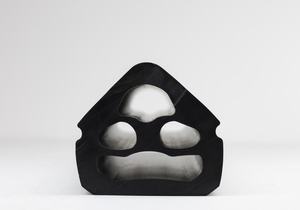





Ship and hatch cover seals play a critical role in maintaining the integrity of a ship’s structure and preventing water ingress, particularly in maritime vessels such as cargo ships, container ships, oil tankers, and offshore platforms. Here’s a breakdown of their significance and types:
- Importance: Ship and hatch cover seals are essential for maintaining watertight integrity, preventing water ingress into cargo holds, machinery spaces, and other critical areas of the ship. Proper sealing is crucial for ensuring the safety of the vessel, cargo, crew, and the environment.
- Types of Seals:
- Rubber Seals: EPDM rubber gaskets, mentioned earlier, are commonly used for hatch cover seals due to their excellent weather resistance and sealing properties.
- Compression Seals: These seals use compression to create a tight seal between the hatch cover and the coaming, preventing water intrusion.
- Mechanical Seals: Mechanical seals utilize mechanisms such as inflatable seals or compression bars to achieve a watertight seal.
- Pneumatic Seals: Pneumatic seals use air pressure to inflate rubber seals, creating a tight seal between the hatch cover and the coaming.
- Hydraulic Seals: Hydraulic seals use hydraulic pressure to create a tight seal, often employed in larger vessels or heavy-duty applications.
- Rubber Packing: Rubber packing is used in conjunction with compression bars or other mechanical devices to create a watertight seal.
- Integrated Systems: Some modern hatch cover systems incorporate integrated sealing systems that combine various sealing methods for enhanced performance and reliability.
- Installation and Maintenance: Proper installation, regular inspection, and maintenance are crucial for ensuring the effectiveness of ship and hatch cover seals. Inspections should include checking for wear, damage, and proper alignment of sealing components. Routine maintenance may involve cleaning, lubrication, and replacement of worn or damaged seals.
- Regulatory Compliance: Ship and hatch cover seals must meet international regulations and standards, such as those set by the International Maritime Organization (IMO) and classification societies like Lloyd’s Register, DNV GL, and ABS. These regulations outline requirements for seal design, performance, and inspection to ensure the safety and integrity of marine vessels.
In summary, ship seals are essential components of maritime vessels, providing watertight integrity to prevent water ingress and ensure the safety of the vessel, cargo, and crew. Various types of seals are utilized, each with its advantages and suitability for different applications, and adherence to regulatory standards is paramount for ensuring compliance and safety at sea.



